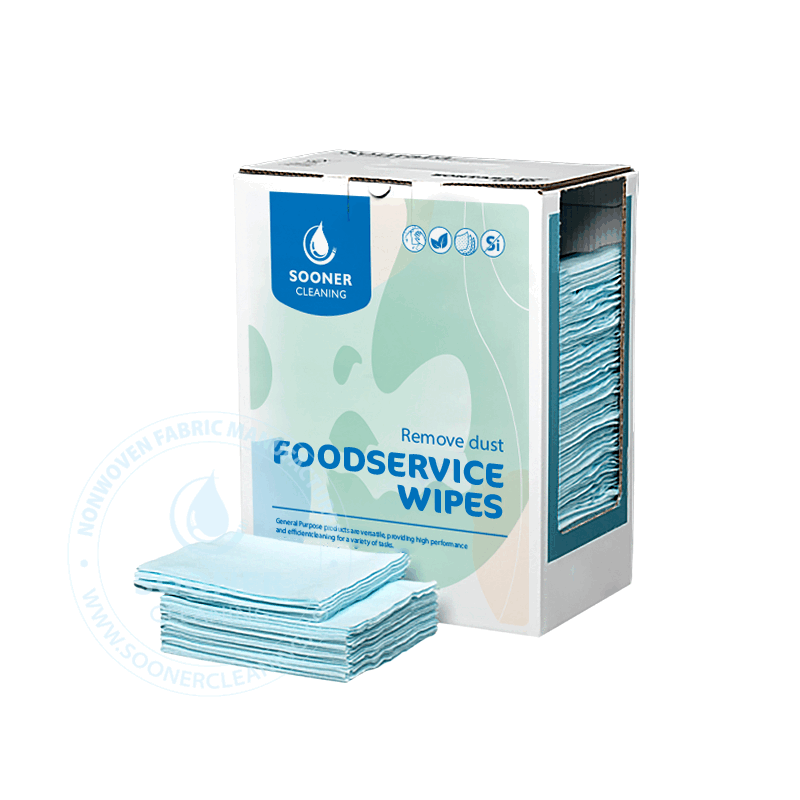In recent years, ‘
food-grade nonwoven fabric’ has rapidly become a star material in the field of food packaging, tea and beverage filtration by virtue of its safe and environmentally friendly characteristics. But what exactly is food-grade nonwoven fabric? What is the difference between food-grade nonwoven fabrics and ordinary nonwoven fabrics? This article from the production process, industry certification to the actual application scenarios, for your in-depth analysis of the core advantages of this material, to help you buy worry-free!
I.what is food-grade nonwoven fabric?
Food-grade nonwoven fabric is a kind of nonwoven fabric certified by FDA and other domestic and international food contact material standards, using wood pulp & polypropylene (PP) as raw materials, processed by special technology. The production process eliminates chemical additives and ensures non-toxicity and odourlessness, allowing direct contact with food without contamination.
II.the 5 core advantages of food-grade non-woven fabrics
High safety level: passed the SGS test, does not contain fluorescent agents, heavy metals, in line with the standards for baby products.
High temperature resistance: can withstand high temperature, suitable for steaming, microwave heating and other scenarios.
Breathable and moisture-proof: microporous structure extends food freshness and avoids mould problems.
Environmentally friendly and biodegradable: some products support natural decomposition, reducing white pollution.
Flexible customisation: support grammage, size and pattern printing customisation to meet diversified needs.
III.the 3 popular application scenarios of food-grade nonwoven fabrics
Food packaging field
Baking packaging: cake tray paper, bread bag lining, locking moisture non-stick.
Hot pot base bag: resistant to grease penetration, to protect the transport process without breakage.
Tea Drinking Industry
Tea bag filter bag: high-density fibre structure, tea permeable without residue.
Coffee outer packaging: moisture-proof and light-proof, retaining the original aroma of coffee.
Mother and baby supplies
Disposable drooling towel: soft and skin-friendly, avoid baby's skin allergy.
Breastmilk storage bag: medical grade sterilisation process, safe and hygienic.
IV.how to choose high-quality food-grade non-woven fabrics?3 pit avoidance guide
Look at the certification: be sure to ask for FDA, GB test report, to avoid ‘pseudo-food-grade’ products.
Measure performance: Tear test (high toughness), combustion test (no black smoke and no pungent smell).
V. Frequently Asked Questions
Q: How much more expensive is food-grade nonwoven fabric than ordinary models?
A: Because of the complexity of the process, the price is about 20%-30% higher, but the safety is far more than ordinary materials, long-term use of more cost-effective.
Q: Can it be reused?
A: It is recommended to use it for one time, washing it for many times may lead to changes in the fibre structure and affect the protective effect.
VI.Conclusion
As consumers pay more attention to food safety, food-grade non-woven fabrics have become a must-have for healthy living. Whether you are purchasing for a catering company or for personal customisation, it is important to identify a fully qualified and high quality supplier. soonercleaning nonwoven manufacturers have been focusing on the research and development of food-grade materials for 1 year, and support one-stop customisation service, click on the consultation to get free samples!

